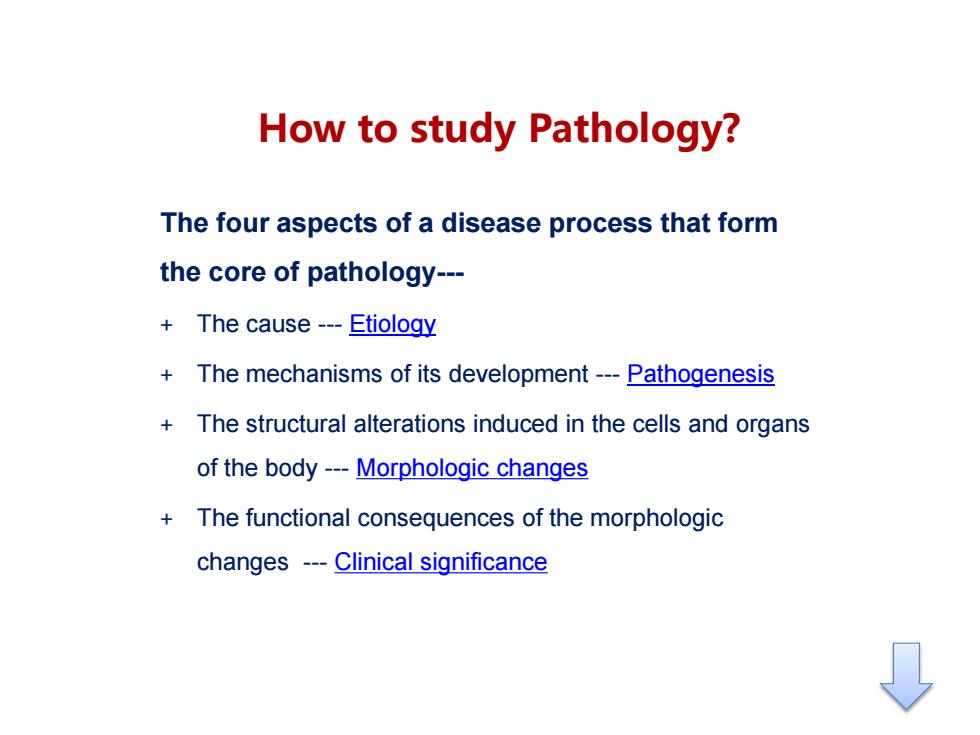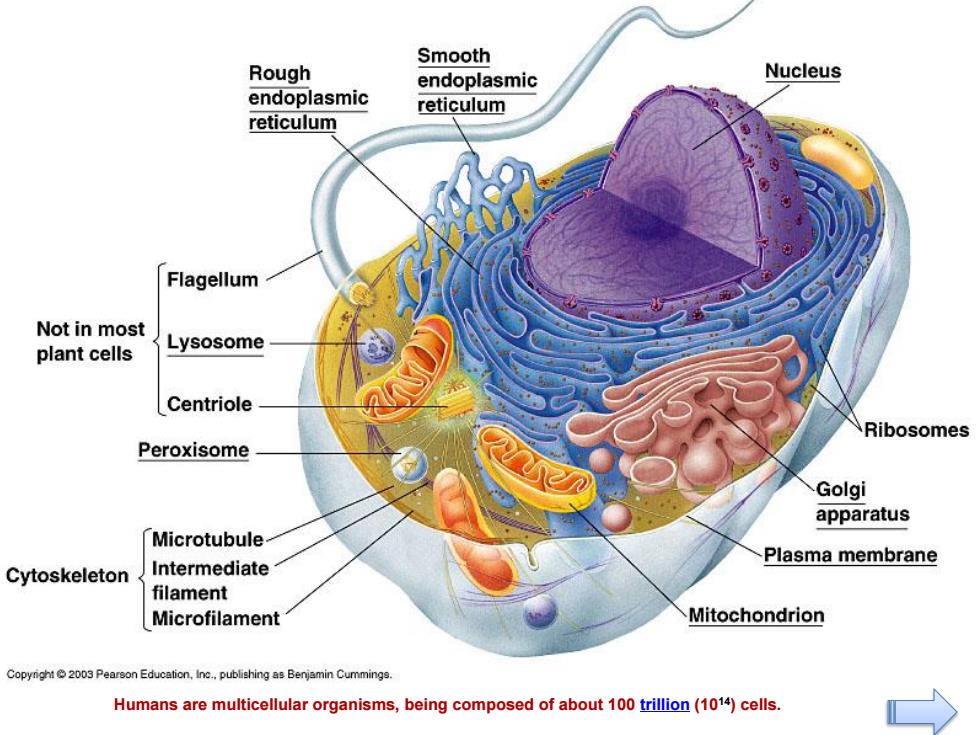
How to study Pathology? The four aspects of a disease process that form the core of pathology--- The cause---Etiology The mechanisms of its development---Pathogenesis The structural alterations induced in the cells and organs of the body---Morphologic changes The functional consequences of the morphologic changes ---Clinical significance
How to study Pathology? The four aspects of a disease process that form the core of pathology--- + The cause --- Etiology + The mechanisms of its development --- Pathogenesis + The structural alterations induced in the cells and organs of the body --- Morphologic changes + The functional consequences of the morphologic changes --- Clinical significance

Etiology (or cause) Carl Posner Rudolf Virchow Two major classes of etiologic factors--- Acquired Infection,Nutritional, Chemical,and physical Genetic Genetic mutation All forms of organ injury start with molecular or 1821-1902 structural alteration in cells, "All disease is disease of a concept first put forth cells";"All cells come from during the 19th century by pre-existing cells". Dr.Rudolf Virchow. ----Cell Pathology
Etiology (or cause) Two major classes of etiologic factors--- Acquired Infection, Nutritional, Chemical, and physical & Genetic Genetic mutation All forms of organ injury start with molecular or structural alteration in cells, a concept first put forth during the 19th century by Dr. Rudolf Virchow. 1821-1902 “All disease is disease of cells”; “All cells come from pre-existing cells”. ----Cell Pathology

Smooth Rough endoplasmic Nucleus endoplasmic reticulum reticulum Flagellum Not in most plant cells Lysosome Centriole Ribosomes Peroxisome Golgi apparatus Microtubule Plasma membrane Cytoskeleton Intermediate filament Microfilament Mitochondrion Copyright2003 Pearson Education,Ine..publishing as Benjamin Cummings. Humans are multicellular organisms,being composed of about 100 trillion(1014)cells
Humans are multicellular organisms, being composed of about 100 trillion (1014) cells